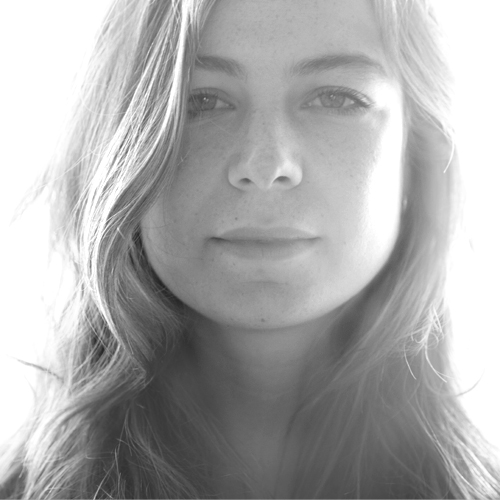I’m up. On a wave. Actually surfing, and it’s epic. We’re the only ones in the water, but it’s a party(- of two) wave as I pop up and make a turn to follow Marina of The Sea Retreat – who’s off already, trimming and carving – along this left break. Tentatively, I turn the board down the wave again, desperate not to shoot forward into the white water but to avoid riding over the back of this little Spanish swell.
FINALLY! ‘Hola from the ola’.
It’s been a long time coming. I’m only on hour two with Marina, but it’s two decades since I first gave surfing a crack (and there’s been a helluva lot of sessions between…). I just catch sight of cameraman Callum in time, submerged in the water, swerve, and pull out not one but two shakas (‘cos I’m a surfer now baby!), no longer rigid with concentration, or frustration; How good and easy it all feels when you’re up and doing it! Of course, I lose it and crash out, caught on camera. But I was off…
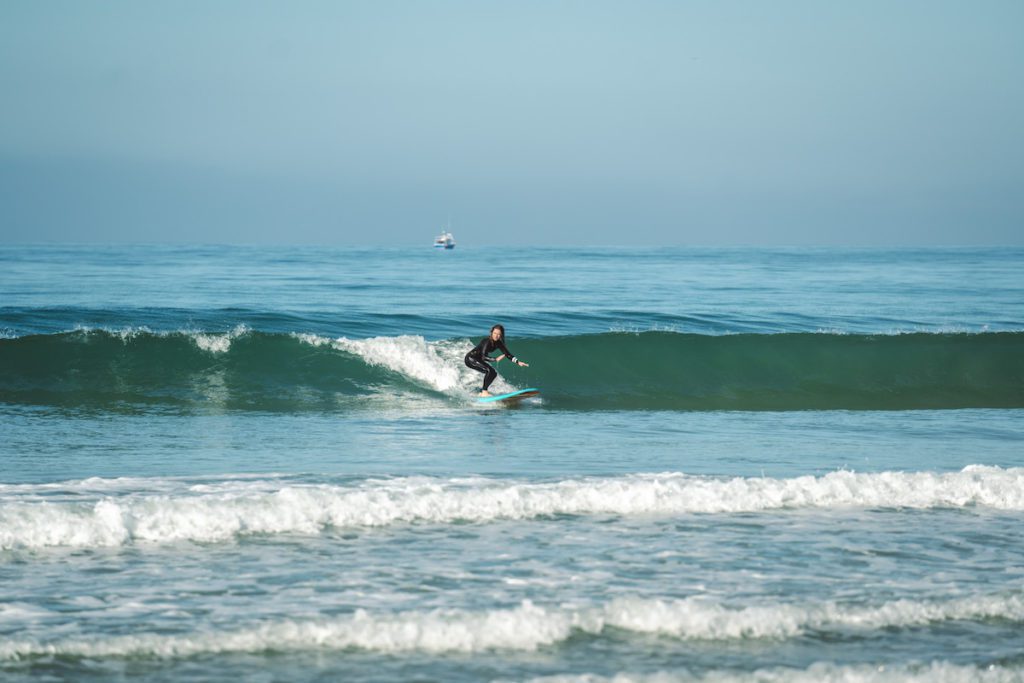
The epic, unmissable, Spanish surf adventure
I’ve come to an unspoiled stretch of Spain’s Costa de la Luz to The Sea Retreat for surf camp. It’s 30 October (we’re well into ‘off-season’) and 25°C at El Palmar – a long, golden-sand beach on the southernmost tip of Spain, 50 kilometres from Tarifa (where you can ferry to Morocco’s Tangier).
This is Andalusia, and possibly my favourite place on Earth. Introduced years ago to the hilltop town of Vejer de la Frontera, just a few kilometres away, that’s as epic and picturesque as it gets, its winding streets packed with tapas bars, boutiques, churches, ancient architecture recalling Moorish rule and even Roman ruins. Vejer’s beauty and popularity (it’s recently found its full potential) contrast wonderfully to El Palmar’s wild and undeveloped nature (at least for now); they’re the perfect combo.
Having flown to Seville, our group of three took the train to San Fernando-Bahia Sur and got a lift with Callum, a pro sports photographer and one half of The Sea Retreat, the last 40km to base. On the drive to the surf house, I bore him with my surfing woes as an eternal beginner. ‘Ah, c’mon, we’re all just beginners out there’, says Callum humbly, in that way that sportspeople in extreme environments do in reverence to the epic power of Mother Nature. Because of course, he’s no beginner…
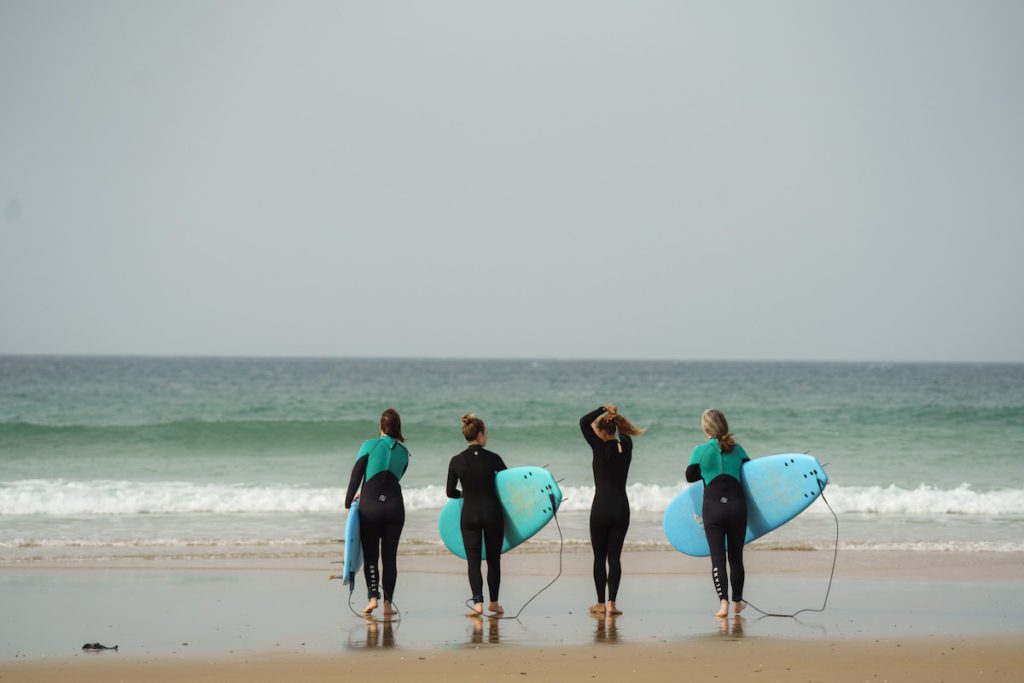
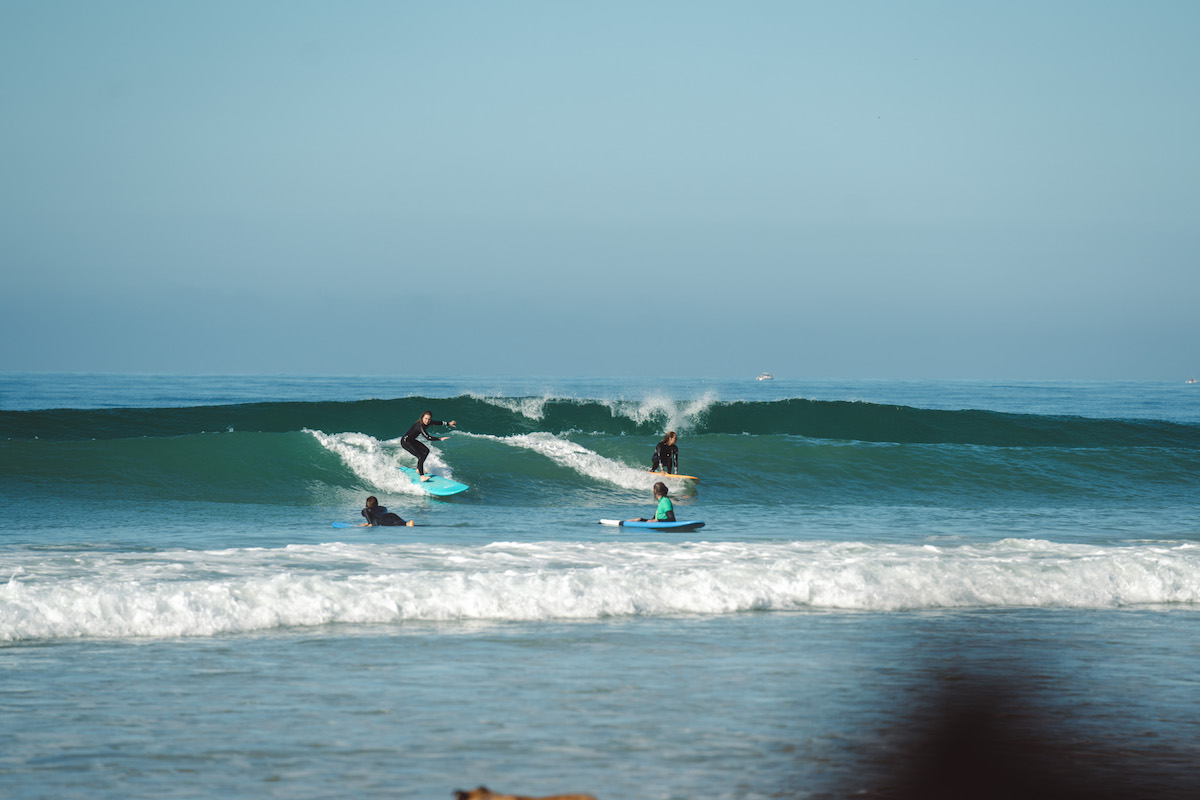
But it’s Callum’s partner, Marina, who’s the surf instructor – Seville-born, El-Palmar-summer-raised, she knows the waves round here like the back of her hand. To cut to the chase, Marina single-handedly got me surfing. Patient, encouraging and, most importantly, fun, Marina managed our small group of varying abilities seamlessly. Vamos! she shouts as we paddle in together for in-motion tutorials. Or, sitting behind where the epic waves break, taking a breather, we learn the science of waves and, ultimately, which to pick, in the world’s most beautiful classroom. Energetic and unjaded, Marina is dedicated to my cause; we surfed in the morning and at sunset, and in between when I asked…
Inside the epic experience at The Sea Retreat
Along El Palmar’s beachfront a few campervans are parked up, and one or two beach bar-restaurants are open, but the Chiringuitos (make-shift Spanish beach bars) that sit on the sand during high season are packed away, and it’s otherwise empty except for a few dog walkers. Between surf sessions, we hang out at The Sea Retreat, a simple bungalow sleeping eight located just off the beach with hammocks in the garden and an outside kitchen, where we learn to cook an epic paella with the chef. There are plans to develop luxury yurt accommodation with barbecue pits in beautiful gardens.
Dawn walks to Trafalgar lighthouse, horse riding at dusk, scouting out the local restaurant open that day – low-season there’s always one or two, if you know where to look – to get our fill of native bluefin tuna, fill up the days beside surfing. Sea and surf aside, you’d come for the food alone. Most do. At tapas bars we eat albondigas, Iberian ham, gambas, salmorejo and boquerones.
At ventas – humble roadside cafes – it’s meatballs, octopus salad, stew or tortilla, for just a few Euros. There are restaurants dedicated to tuna, served all ways, but even at the beach bars you’ll get it sashimi-style or tartare, the ventresca (tuna belly) seared, grilled, fried, or sauteed with onions, made into albondigas or tacos. And it’ll all be the best you’ve ever had… That’s right, the area is famous for tuna, a delicacy, caught in the Almadraba method, and that which isn’t eaten locally is mostly shipped to Japan, where it’s highly prized for sushi.
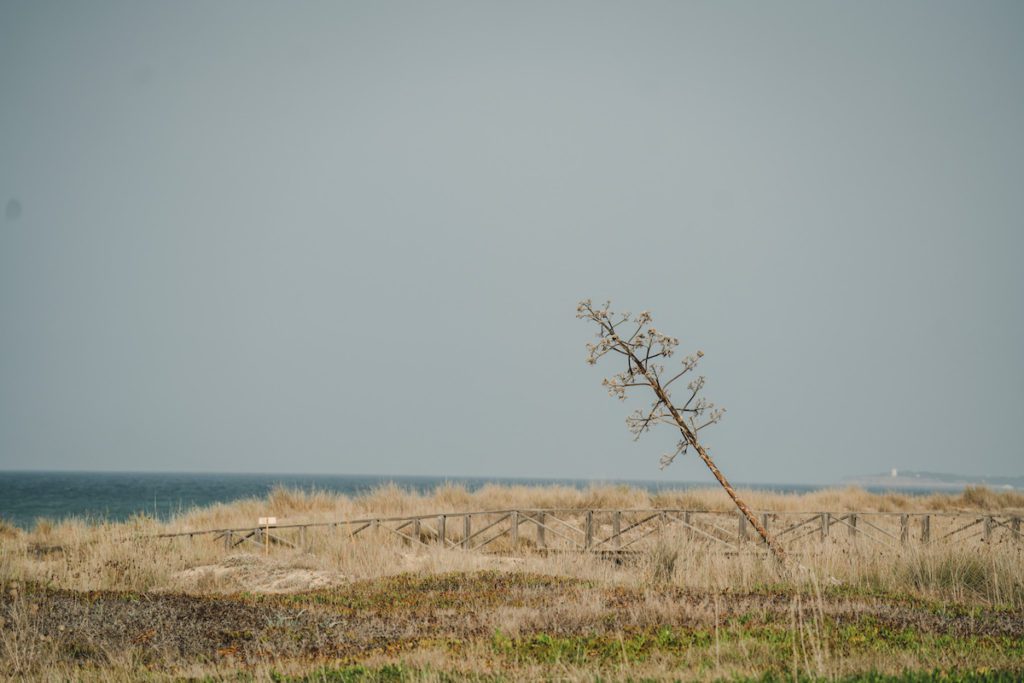
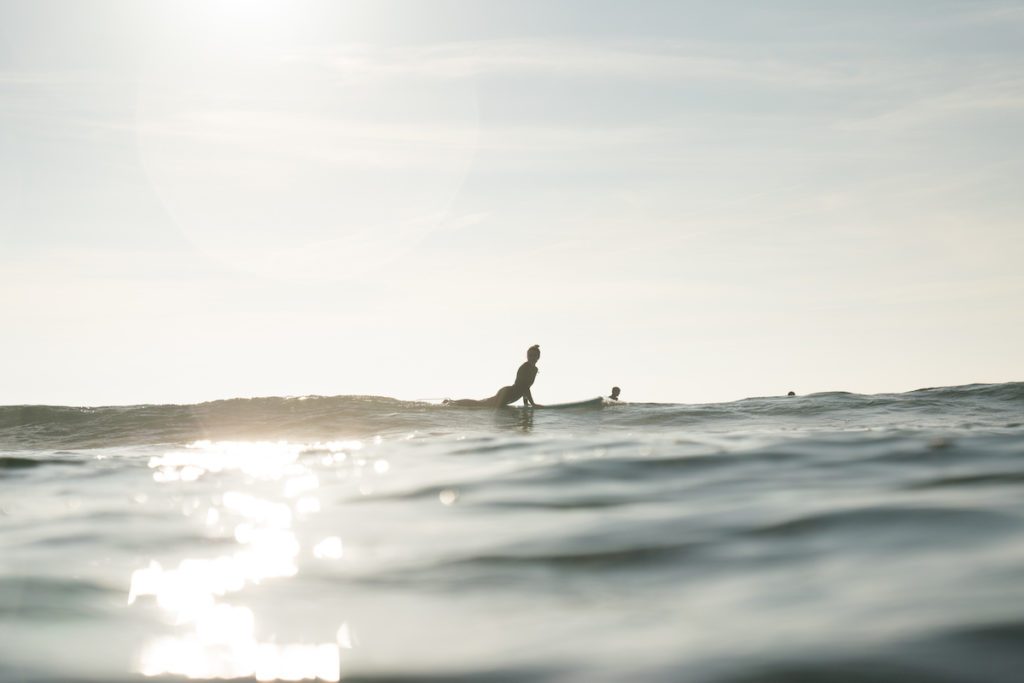
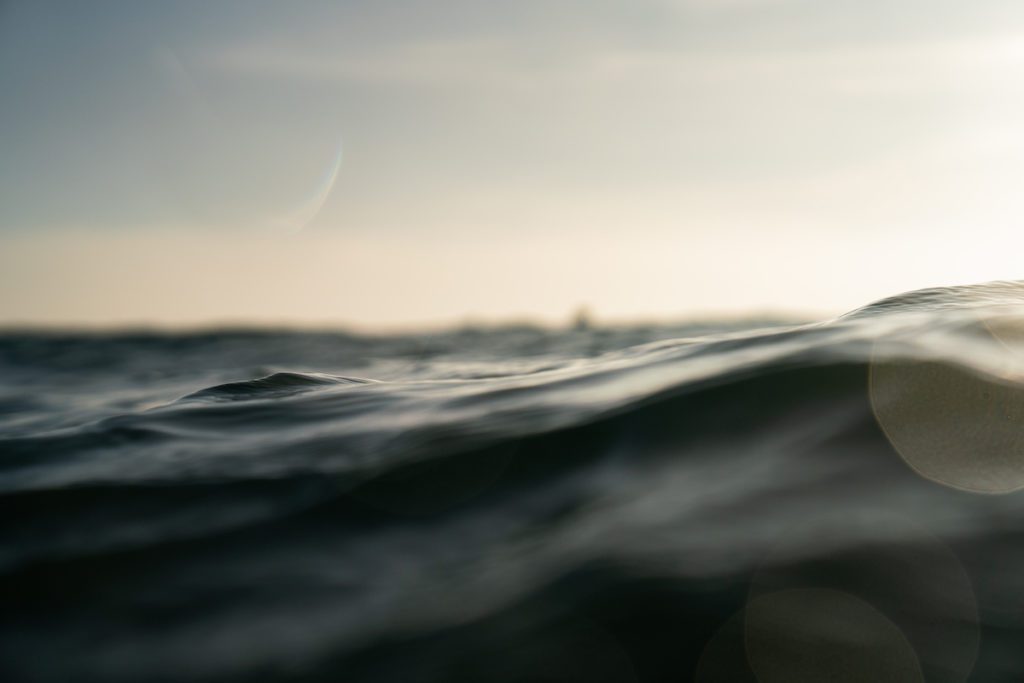
The weather in southern Spain and El Palmar is best on either side of summer. We had 24°C on 1 November, pure sunshine and a cool offshore breeze making for beautiful, epic, surfing waves. Swells grow from 3ft (1m) in July-August to 6ft (2m) waves in January-February – making October optimal for me.
The water’s still at its warmest (though a wetsuit is a must), the air temp is of a cool summer day, and it’s good groundswells and consistent peaks from here on out. And on this 11-kilometre stretch that is El Palmar, you’ll no doubt have all the waves to yourself. It’s pretty much heaven, especially when I think about what I’ve left at home – a dark, wet London at S.A.D. primetime.
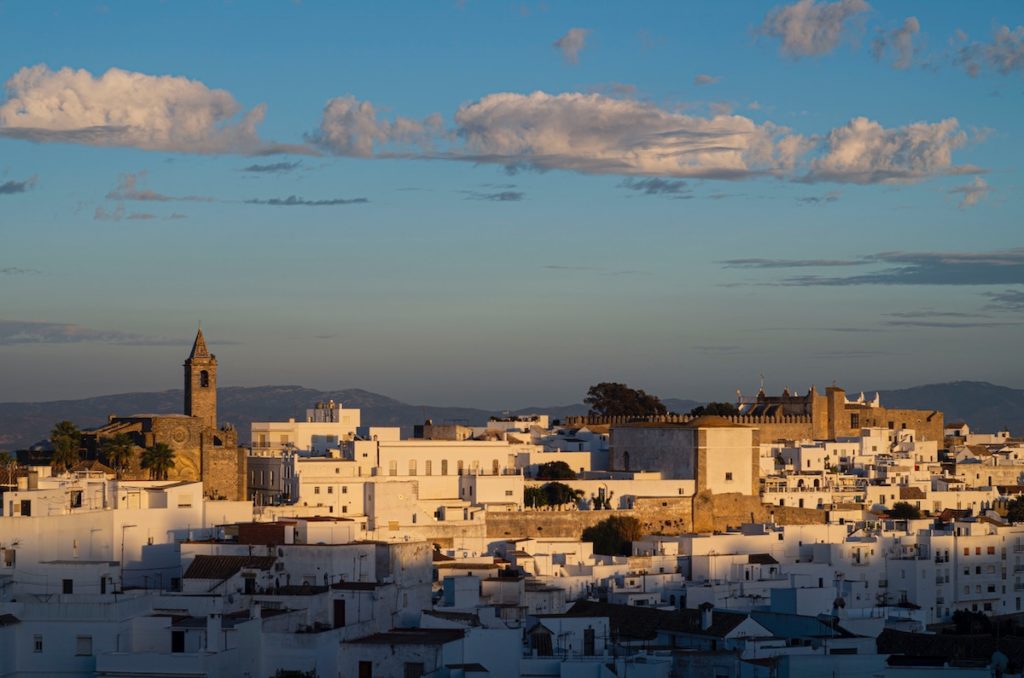
The Sea Retreat runs off-season camps, from September through June. Offering six-night trips from €850pp, full-board (though B&B is available for €100 per night), including surf lessons, surfboards and wetsuits, it’s the best value surfing I’ve had. And this time I’m ACTUALLY SURFING so I’m double quids in. It’s worth getting in touch with Callum and Marina if you fancy a shorter or longer stay, are visiting as a family, or want to discuss accommodation options.
Contact: [email protected]
Website: thesearetreat.co.uk
How to get there: Return flights to Seville cost from £60. The closest train station to The Sea Retreat is San Fernando-Bahia Sur (return tickets under €20), an easy journey from Seville.
